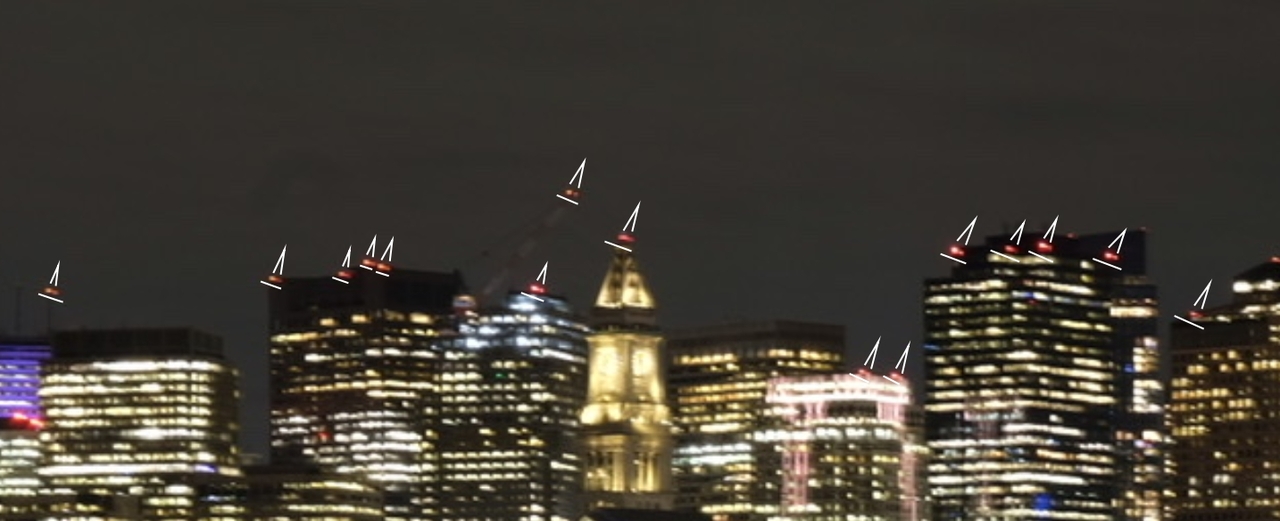JBPhotog
No longer a newbie, moving up!
- Joined
- Mar 26, 2018
- Messages
- 879
- Reaction score
- 354
- Location
- Canada
- Can others edit my Photos
- Photos NOT OK to edit
The 4th image is easy to see the camera movement, even at the low resolution. Every red aircraft warning light is 'double exposed', the same amount, and at the same angle, and across the same angular distance.

This could also be a lens problem, lens element alignment can cause smearing. Testing needs to be done at the same focused distance and f-stop, try in good light so the shutter is high enough to eliminate camera shake.


![[No title]](/data/xfmg/thumbnail/39/39479-b21bb968588fb225cd453013c6512c9a.jpg?1734173577)









![[No title]](/data/xfmg/thumbnail/35/35263-86f580cf5d28d23109a45984030a79ad.jpg?1734166920)
